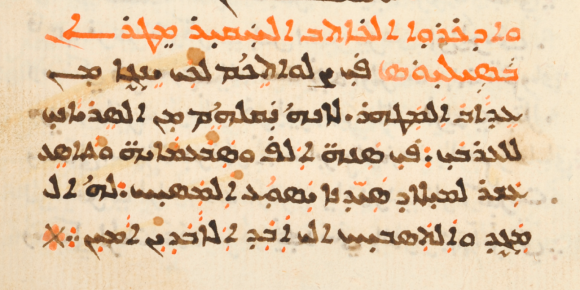Wertmann, Patrick. 2015. Sogdians in China. Archaeological and art historical analyses of tombs and texts from the 3rd to the 10th century AD. Deutschen Archäologischen Institut, Eurasien-Abteilung, Außenstelle Peking. (Archaeology in China and East Asia 5). Philipp von Zabern.
Sogdians, originating from present-day Uzbekistan and Tajikistan, dominated one of history’s greatest trade empires, extending from Constantinople to Korea between the 6th and 8th centuries AD. They established settlements in China and were granted positions of the highest rank at the imperial court. In recent years, richly equipped tombs attributed to members of the Sogdian diaspora were discovered in north and west China. The burial objects and inscriptions in these tombs offer surprising insights into the lives of these Central Asians. Patrick Wertmann followed the routes of the Sogdian traders and documented for his dissertation their traces in 54 museums and collections in eight countries, particularly in China. This fifth volume of the series Archaeology in China and East Asia offers the most comprehensive overview of Sogdian artefacts thus far assembled, with numerous colour photographs by the author.
The book has 347 pages with 116 full-page plates and 15 tables.
 Sims-Williams, Nicholas (ed.). 2015.
Sims-Williams, Nicholas (ed.). 2015.  Sims-Williams, Nicholas, Martin Schwartz & William J. Pittard (eds.). 2014.
Sims-Williams, Nicholas, Martin Schwartz & William J. Pittard (eds.). 2014. 
 Krasnowolska, Anna & Renata Rusek-Kowalska (eds.). 2015.
Krasnowolska, Anna & Renata Rusek-Kowalska (eds.). 2015.  Karev, Yuri. 2015.
Karev, Yuri. 2015. 

 The
The